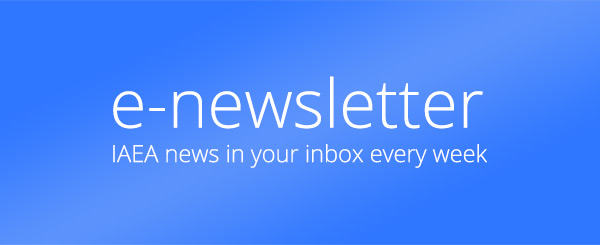Throughout the week, IPET2024 covered specific disease sites such as prostate, colorectal and breast cancer, along with clinical conditions such as cardiac amyloidosis and tuberculosis. Presentations also demonstrated innovative applications with prostate-specific membrane antigen PET imaging to enhance prostate cancer detection and treatment; examined the development of additional PET tracers which can enable the imaging and characterization of a wide range of tumours; considered new isotopes for imaging such as Zirconium-89; and even explored how artificial intelligence can optimize patient workups. The conference also featured a dedicated session on ethics, leadership, education, and patient advocacy. Across 17 clinical sessions, seven poster review segments, and 11 events, participants earned 21.5 continuing medical education (CME) credits granted by the European Union of Medical Specialties.
“By attending IPET2024, I had a unique opportunity to stay updated on rapidly changing and growing clinical applications and learn from the best in every field. I also was able to network, see industry advances and earn CME credits, something that is very much needed to keep my medical license current,” said Mr Salah Eddine Bouyoucef, a nuclear medicine physician and professor from Algeria. “The insights I gained from IPET will better enable me to improve patient care and train other specialists.”
“As IPET2024’s Scientific Secretaries, Anita Brink, Francesco Giammarile and I are immensely proud of the Conference’s truly international and multidisciplinary nature. We convened the foremost experts in every application of nuclear medicine and radiology, fostering a platform for rich and diverse discussions. Ten of the organizations and institutions that have a formal collaboration agreement with the IAEA contributed by providing expert lecturers,” said Diana Paez, Head of Nuclear Medicine and Diagnostic Imaging in the IAEA’s Division of Human Health. “IPET2024 received high praise from in-person and remote attendees, underscoring its success in advancing knowledge and fostering collaboration across the field.”
To further enhance the education and training of imaging specialists, the IAEA renewed its collaboration with three professional organizations during IPET2024 – signing Practical Arrangements with the European Association of Nuclear Medicine; International Society of Radiology; and World Association of Radiopharmaceutical and Molecular Therapy during the IPET2024. The IAEA also joined forces with the International Centres for Precision Oncology, for the first time, to advance the use of nuclear medicine and ensure that countries can benefit from cutting-edge technologies.
IPET2024’s proceedings are available online.









